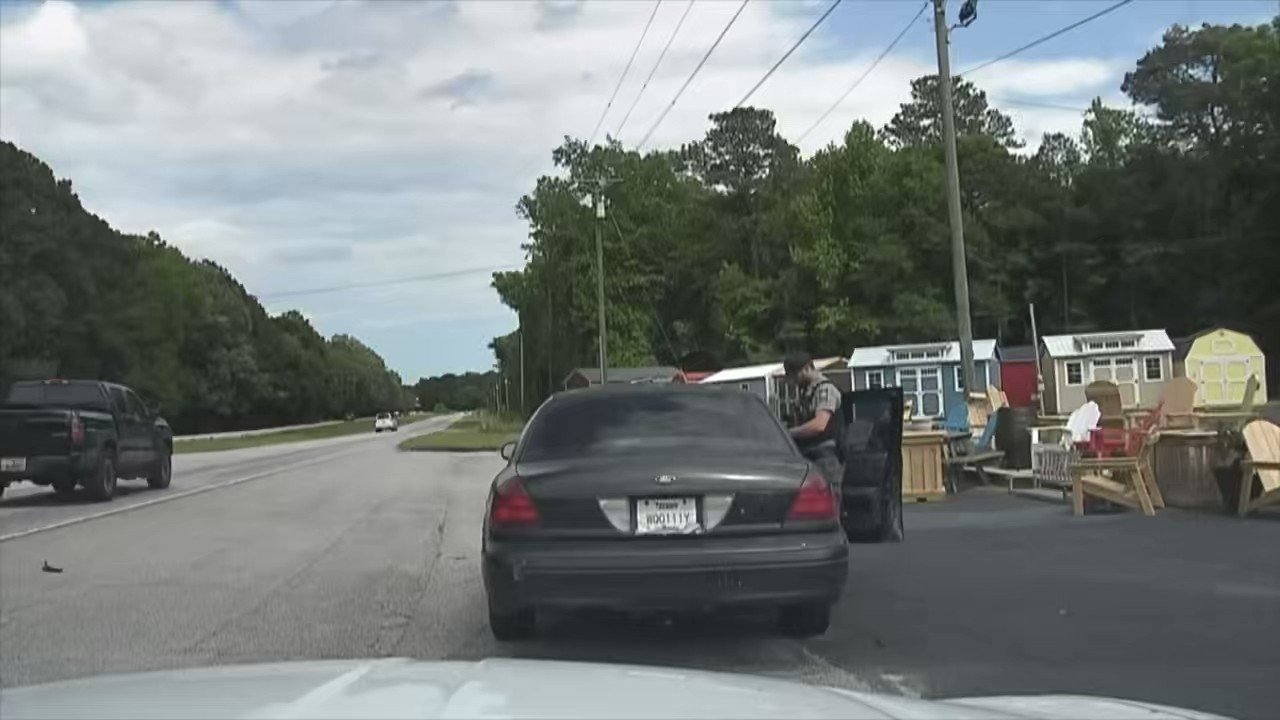
A routine traffic stop in Charleston recently turned into a harrowing moment of violence when a sheriff’s deputy was shot multiple times by a suspected gang leader. The incident, which could have ended in tragedy, instead became a story of survival, resilience, and the unbreakable bond between law enforcement and the community they serve.
As details emerged, the case revealed not only the dangers faced by officers during even the most ordinary duties but also the growing concerns about gang activity across South Carolina.

A Routine Stop Turns Deadly
According to official reports, the deputy, whose identity is being withheld for safety and privacy, initiated a stop after noticing suspicious vehicle activity along a quiet stretch of road. These late-night stops are typically straightforward, yet within seconds the situation escalated beyond expectation.
Instead of compliance, the suspect allegedly drew a firearm and opened fire. Bullets pierced the silence of the roadside, striking the deputy multiple times. Despite his injuries, the officer managed to call for backup before collapsing.
Emergency crews rushed him to the hospital, where doctors confirmed his condition as critical but stable. Many described his survival as nothing short of miraculous.
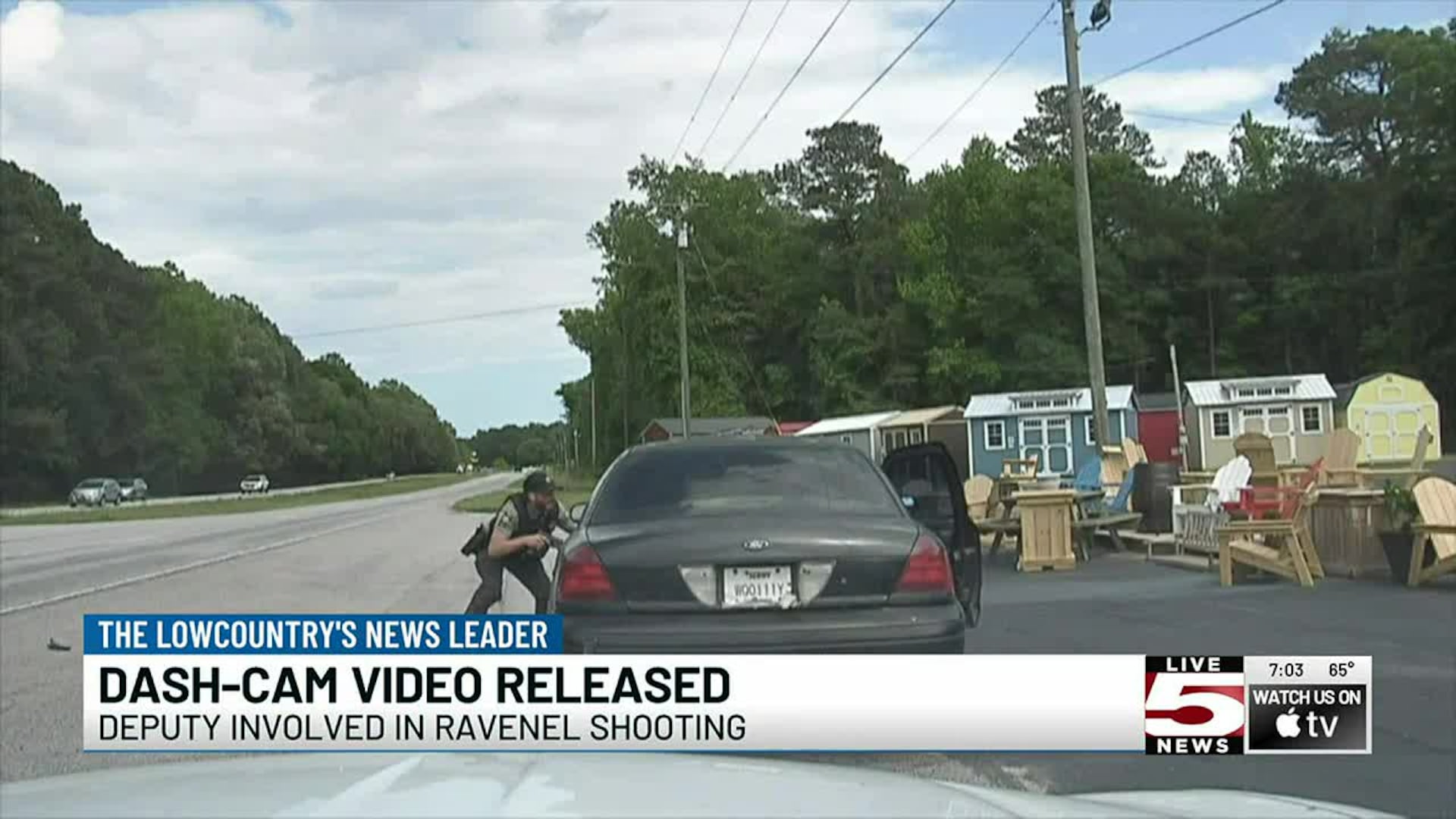
The Suspect Behind the Attack
Authorities quickly identified the suspect as a gang-affiliated individual with a lengthy criminal history. Reports indicate he was a leader within the Gudda Boy Gang (GBG), a network already known to law enforcement for its connections to weapons offenses and drug-related crimes.
The decision to fire upon an officer, experts suggest, may have been an attempt to avoid capture—or a show of dominance to reinforce his standing within the criminal underworld. Regardless of the motive, the brazen act has intensified concerns about the growing boldness of gang members in the region.
The shooting triggered an immediate large-scale manhunt. Police units, supported by state and federal agencies, blocked roads, deployed helicopters, and searched through neighborhoods. After tense hours of pursuit, the suspect was captured following a standoff and taken into custody without further violence.
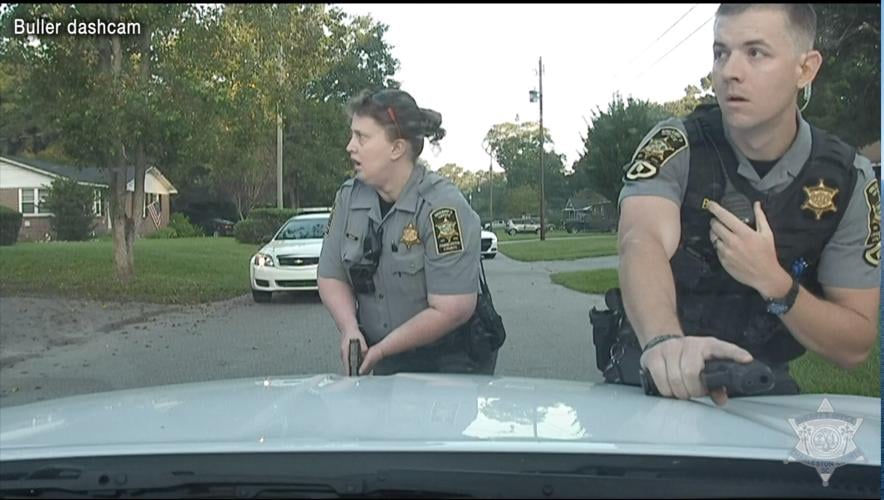
A City in Shock
News of the deputy’s shooting spread rapidly, sending shockwaves through Charleston. What had begun as a late-night traffic stop now felt like an attack on the community as a whole.
Local residents gathered outside the hospital, holding vigils and offering prayers for the deputy’s recovery. Candles lit the night as families, friends, and strangers came together in solidarity.
Public officials echoed the community’s grief and determination. “This was not just a deputy under fire—this was Charleston under fire,” one local leader said. The sheriff’s office described the attack as a direct assault on the values of safety and justice that hold the community together.
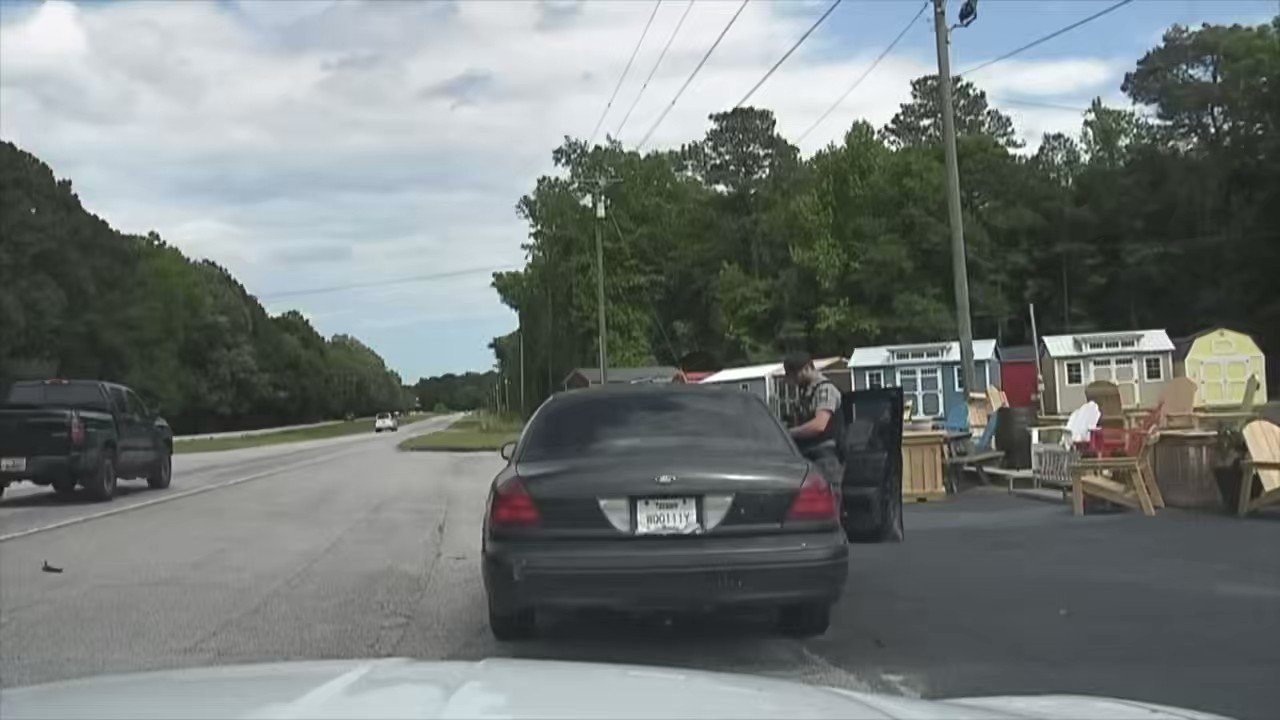
Renewed Concerns About Gang Violence
The incident has reignited urgent conversations about the rise of gang activity in South Carolina. While authorities have long warned of groups like the GBG spreading their influence, the Charleston shooting provided stark evidence of just how dangerous and unpredictable these networks can be.
Criminologists point to several factors fueling the growth of organized crime in the state:
-
Drug trafficking routes that bring high profits and turf wars.
-
Access to illegal firearms that escalate encounters into deadly confrontations.
-
Intimidation tactics that silence community members who might otherwise speak out.
The Charleston shooting has become a rallying point for reform. Experts are calling for stronger intelligence-sharing systems, tougher penalties for repeat offenders, and deeper collaboration between law enforcement and community leaders.
The Deputy’s Road to Recovery
As the investigation continues, attention has also turned to the deputy’s recovery. Hospital officials report that he has undergone multiple surgeries but remains in stable condition. His colleagues describe him as a dedicated officer known for his professionalism and kindness.
Community members have launched fundraisers to support his family during this difficult time. Vigils continue to be held, reflecting not only concern for the deputy but also appreciation for the risks officers take each day.

Law Enforcement’s Response
Charleston authorities have vowed to strengthen their fight against organized crime following the incident. Officials announced plans for:
-
Enhanced officer training for high-risk traffic stops.
-
Greater investment in protective equipment
to reduce vulnerability during roadside encounters.
-
Expanded gang task forces working in coordination with state and federal partners.
Sheriff’s office representatives stressed that while the shooting was devastating, it has only strengthened their commitment to protecting Charleston. “We will not be intimidated,” one official said. “Our deputies risk their lives daily, and we owe them the resources and support to keep our community safe.”
Community Resilience
The response from Charleston’s residents has been just as powerful. Rather than succumbing to fear, the city has shown resilience. Churches, schools, and local organizations have stepped forward to offer support for law enforcement and to encourage youth programs aimed at steering young people away from gangs.
Citizens have also called for improved neighborhood watch systems and open dialogue between officers and residents, reinforcing the message that safety is a shared responsibility.
More Than a Shooting—A Turning Point
The Charleston deputy shooting will not be remembered solely as another entry in a crime report. Instead, it stands as a defining moment—a reminder of both the fragility of safety and the extraordinary resilience of a community when tested.
For law enforcement, it is a stark lesson that no traffic stop is ever “routine.” For Charleston, it is a call to action, demanding greater vigilance against organized crime.
But above all, it is a story of survival and unity. The deputy who fought for his life has become a symbol of courage, while the community’s response has shown that even in moments of darkness, solidarity shines brightest.

Conclusion
The violent attack on a Charleston deputy underscores the unpredictable dangers officers face and the urgent need to address rising gang activity. Yet, amid fear and uncertainty, the city has responded with strength, compassion, and determination.
Charleston has made it clear: violence may attempt to silence, but justice—and the community that stands behind it—will not yield.
HT10. BREAKING NEWS: Just hours ago, a tremendous fire broke out in…See more
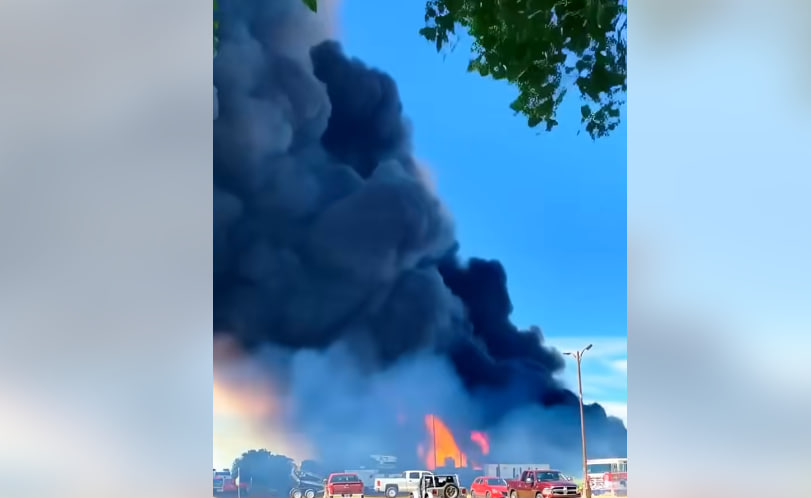
Melbourne Factory Fire Sparks Massive Emergency Response and Environmental Concerns
A towering column of dark smoke was visible across
Melbourne’s skyline this week after a large industrial fire broke out at a factory complex in Derrimut, in the city’s western suburbs. The incident prompted one of the most extensive firefighting operations in Victoria in recent years, with authorities warning the clean-up and recovery could take weeks.
A Fire of Unprecedented Scale
The blaze began late Wednesday morning at a factory on Swann Drive, an industrial zone surrounded by warehouses, transport depots, and distribution centers. Fire Rescue Victoria (FRV) confirmed that multiple chemical storage drums inside the facility were caught in the flames, triggering bursts of heat and debris.
Deputy Commissioner Michelle Cowling said firefighters received reports of a rapidly spreading fire just after 11 a.m. Within minutes, thick smoke was visible for kilometres, with residents from both Melbourne’s west and inner suburbs reporting they could see the plume stretching across the horizon.
“This was an aggressive fire requiring a large-scale response,” Cowling said. “The warehouse contained a range of chemicals, and as a result, our crews had to take every precaution to protect both themselves and the wider community.”
More Than 180 Firefighters Deployed
In total, more than 180 firefighters were called to the scene, supported by dozens of fire trucks and aerial units. Crews from both FRV and the Country Fire Authority (CFA) worked side by side under intense conditions.
By mid-afternoon, authorities confirmed the fire was officially “under control,” though smaller hotspots would continue to burn for days. Firefighters are expected to maintain a presence at the site until the risk of reignition is fully eliminated.
“This is not something that will be resolved overnight,” Cowling said. “Our teams will remain here for as long as necessary to ensure the site is safe.”
Local Evacuations and Road Closures

As a precaution, factories and offices in the immediate area were evacuated. Several major roads were also closed, including sections of the Western Freeway, which caused delays for drivers during the busy afternoon commute. Power outages in nearby suburbs disrupted traffic signals, adding to congestion.
By Wednesday evening, some arterial roads were reopened, but police urged motorists to avoid the area if possible to give emergency services clear access.
Dramatic Scenes Witnessed
Witnesses described dramatic scenes as barrels and containers inside the warehouse overheated and launched into the air. Ravenhall worker Trent Chamberlain, whose office is three kilometres away, said the fire’s scale was alarming.
“Every few minutes, there was another burst that went high into the air,” he told reporters. “The smoke was thick and heavy — it was impossible to miss.”
Residents as far away as St Kilda, more than 20 kilometres from the scene, reported seeing the dark plume against the afternoon sky.
No Reported Injuries
Despite the scale of the fire and the hazardous materials on site, authorities confirmed there were no injuries among factory workers, nearby residents, or emergency personnel. Ambulance Victoria said paramedics were stationed at the site from the early stages of the emergency but did not need to transport anyone for treatment.
“This is a positive outcome considering the risks our teams faced,” Cowling said. “All staff are accounted for, and no firefighters have been seriously harmed.”
Smoke Warnings Issued
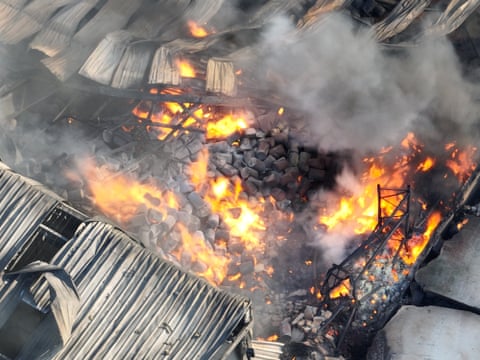
As dark smoke spread across Melbourne’s west, the Environment Protection Authority (EPA) issued warnings for surrounding suburbs. Residents were urged to remain indoors where possible, close doors and windows, and switch off heating or cooling systems that draw in outside air.
EPA monitoring units were deployed to measure air quality. While the smoke was expected to dissipate with changing wind conditions, residents with respiratory sensitivities were advised to take precautions.
Community Impact and Safety Precautions
The fire prompted concerns from community groups, particularly given the site’s industrial nature. The factory is understood to belong to ACB Group, a company that has previously experienced fire-related incidents. The company did not provide comment during the immediate aftermath.
Authorities stressed the importance of keeping the community safe while crews continued to manage the site. “We ask that people stay away from the area,” Cowling said. “These are hazardous conditions, and the fewer people nearby, the safer it is for everyone involved.”
Environmental Monitoring Underway
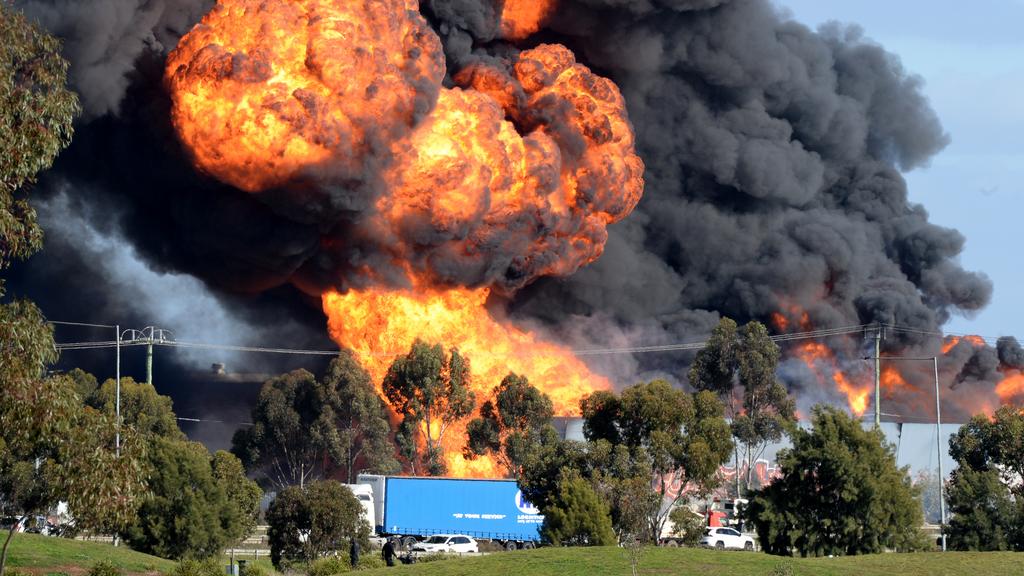
Beyond the immediate firefighting efforts, attention quickly turned to the potential environmental impacts of the incident. The factory stored large quantities of chemical substances, including kerosene, fuel products, and ethanol. When such materials are exposed to heat and water during firefighting, there is a risk of runoff entering nearby creeks and storm drains.
EPA officials confirmed they were working closely with Melbourne Water to contain contaminated water and prevent it from spreading into natural waterways. Trucks and pumps were deployed to capture excess water, while sandbags were installed to slow runoff.
“Right now, we are focused on limiting the impact on local creeks,” an EPA spokesperson said. “Monitoring will continue for as long as needed.”
Broader Context of Industrial Fires
This is not the first time Melbourne’s western suburbs have faced major industrial blazes. In recent years, sites in Footscray, Tottenham, and West Footscray have experienced large-scale fires that raised long-term questions about storage practices and regulatory oversight.
Experts say these incidents highlight the challenges of balancing industrial growth with environmental safety. “The community has every right to be concerned,” said one environmental specialist. “We need stronger prevention measures to ensure these events are less likely to happen in the first place.”
Next Steps in Investigation
Authorities have confirmed that investigators will enter the site once it is deemed safe. At this stage, the cause of the fire remains unknown, but early indications suggest it was not deliberately lit.
“This will be a thorough investigation,” Cowling said. “It’s important that we determine exactly what occurred so that steps can be taken to reduce future risks.”
WorkSafe Victoria is also expected to review the incident as part of its ongoing oversight of industrial sites.
Long Road to Recovery
Although the fire is largely contained, its aftermath is expected to stretch into the weeks and months ahead. Environmental clean-up, workplace inspections, and community reassurance will all form part of the recovery process.
For now, firefighters remain stationed at the factory, ensuring the site is stable and preventing any chance of reignition. Residents are being kept updated through official emergency channels, with regular air quality and traffic bulletins issued.
While Melbourne has seen industrial fires before, the Derrimut blaze serves as a stark reminder of the risks associated with large chemical storage facilities. The incident has reignited calls for tighter safety measures and stricter enforcement to protect both the environment and local communities.
a44.Donald Trump Suggests a New Name!

Former President Donald Trump has ignited a new wave of political and public debate with a bold proposal to change one of America’s most significant national observances. Speaking through his platform, Truth Social, Trump suggested that Veterans Day should be renamed “Victory Day for World War I.” His reasoning, he said, stems from a desire to reframe the holiday as not only a moment of reflection but also a celebration of U.S. triumphs in history’s most defining conflicts. “It’s time for America to start celebrating our victories again,” Trump wrote, adding that the country’s decisive role in both World War I and World War II has been downplayed for too long under what he described as “weak and uninspired leadership.”

